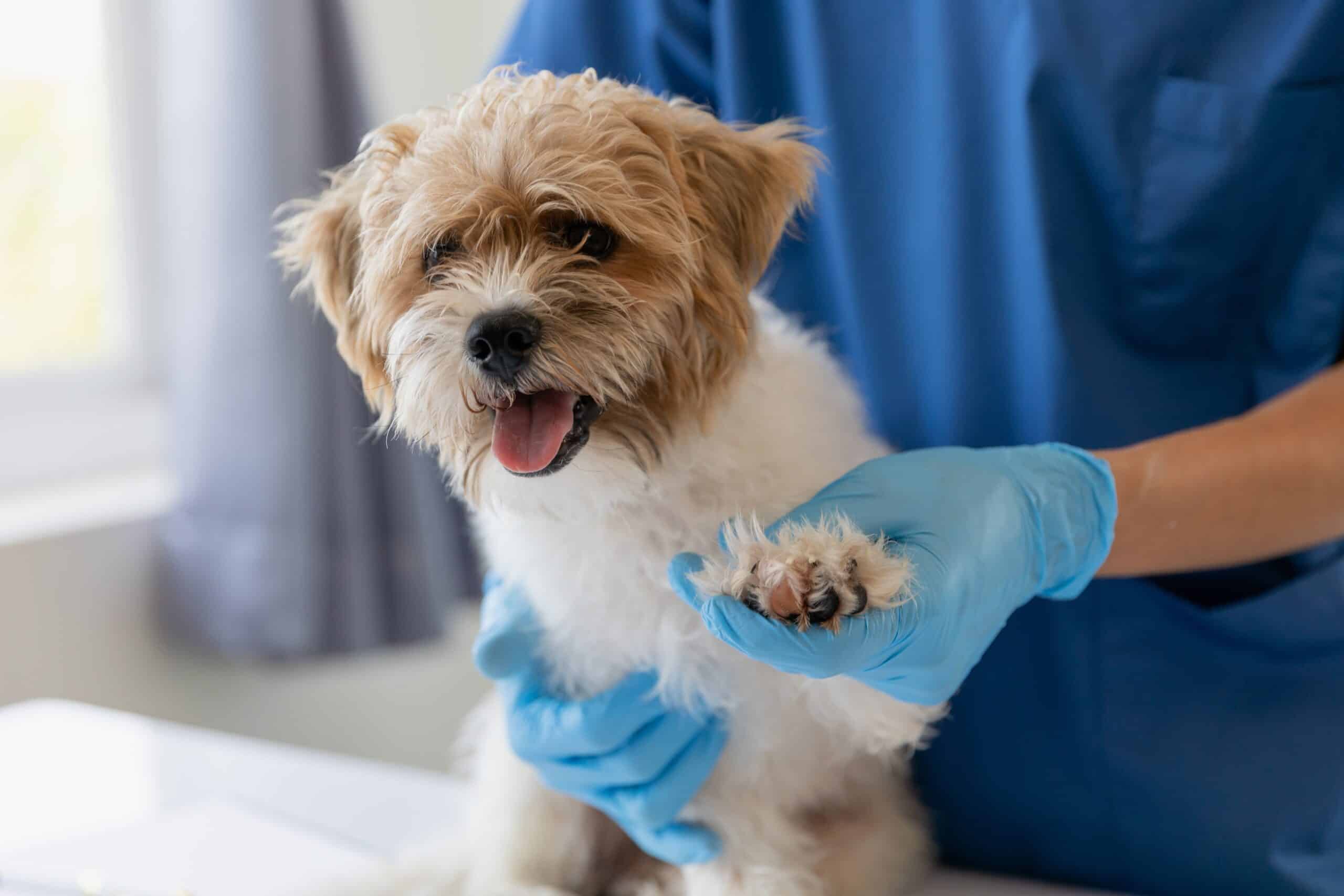Owning a dog comes with a wide array of responsibilities. After all, your dog is reliant on you for all aspects of their care and welfare, covering everything from nutrition to exercise. It is up to you, as their guardian, to make the right decisions to ensure their health and wellbeing.
Part of your responsibility as a dog owner is taking your dog to regular veterinary and grooming appointments. Forming a close, trusting relationship with a local veterinarian is extremely valuable, whether you simply need to take your dog in for a routine checkup, or if there’s something more complicated afoot. It’s a similar story with a groomer – particularly if you own a breed with a coat that requires regular maintenance.
Yet for some dog owners, taking their dog to a vet or groomer can be a stressful experience. We’ve all seen those dogs who truly detest going to these appointments because they are uncomfortable with strangers handling them – perhaps we’ve even been the ones at the other end of the leash, straining to keep them under control. The problem is that this becomes a vicious cycle. A stressful appointment leads to apprehension about future appointments. When that future appointment arrives, it becomes more stressful because the owner is nervous about how their dog will behave. That anxiety breeds more stress, until the point where some owners resign themselves that it will always be this way – or even worse, canceling the appointments altogether.
The good news is that it doesn’t have to be this way, because alongside a veterinarian and a groomer, there is a third expert you should build a relationship with – a professional dog trainer.
Many of the stresses associated with veterinary or grooming appointments can be mitigated or managed by implementing dog training concepts. In this article, we’re going to highlight some of the ways that dog training can make these appointments far easier, and help you to leave the anxiety and fear in the past.
1) Desensitization to handling
One of the primary stressors surrounding veterinary and grooming appointments is the act of a stranger touching the dog. This part is essential for these professionals to provide the care and service they are offering, but if a dog isn’t used to being handled by strangers, they can react unpredictably if their paws, teeth or other parts of their body are being checked over.
Working with a professional dog trainer helps to mitigate this, because it exposes your dog to a number of different people. This includes the trainer themselves, the trainer’s colleagues at a training facility, and controlled interactions such as sitting for pets from other members of the public. If a dog is particularly sensitive, this process can help to systematically increase the thresholds at which they are comfortable being handled.
2) Obedience gives you control
Even if a dog does not show reactivity or fear when being handled, if a dog doesn’t understand any obedience commands, gaining control of them in a confined environment like a veterinarian’s office or grooming salon can be an almost impossible task.
Working through a basic obedience program – particularly for younger puppies, who can grasp these concepts quickly – is a great way to provide your dog with the fundamentals they need. Teaching your dog to sit, stay and wait is useful in many different contexts, but it will help immeasurably when you have to bring your dog along to an appointment. Sitting quietly and patiently in the waiting room, or laying down to be checked out by the veterinarian, will make your appointment a much calmer experience.
3) Reduction of problematic behaviors
Some dogs are uncontrollable (which can be an inconvenience, or embarrassing), but others have specific behavioral problems such as aggression towards humans (which can be dangerous). This can make vet techs and other members of staff reluctant to work with you and your dog.
A dog trainer can help to identify these behavioral issues, and come up with management strategies. This is particularly necessary for dogs with bite histories or the potential to react towards people or other dogs. A skilled trainer will tailor their plan to address these specific problems. Dog training can help to improve your dog’s behavior, and also teach you how to manage these specific behaviors to avoid undesirable outcomes.
4) Improved communication
Does your dog listen to you? Do you know how to communicate successfully with them? If they won’t listen to your instructions at home, then the chances of them doing so in a place of abundant distractions (ex: at the vet or groomer) is very unlikely.
A successful dog training program will undoubtedly improve the channels of communication between you and your dog. In addition, more advanced programs will work on desensitizing your dog around a variety of distractions, which comes in useful during trips to the groomer or vet.
5) Socialization
Generalizing behavior in a number of different scenarios isn’t just about working around other dogs. Socialization also encompasses going to novel environments and getting a dog out in public to experience the world. If your dog regularly goes on successful outings, they are less likely to act unpredictably when they arrive at the vet.
High-quality dog training programs should incorporate a form of socialization into the curriculum. At Greenside Canine, our trainers frequently take the dogs we are training on field trips to a variety of different places, aiming to expose the dog to new settings to generalize behavior. The quality of socialization is important; letting your dog run riot at the dog park would not count as helpful socialization.
6) Builds confidence
Training builds confidence – for both your dog, and for you as their guardian. Remember we mentioned at the outset of this article about the vicious cycle of stress? That can become a thing of the past if you have confidence in how your dog will behave. Training not only provides a multitude of benefits for your dog’s behavior, but it reduces the tension on the leash when you have to handle your dog in settings like grooming salons or veterinary offices.
In conclusion
Taking your dog to the vet or groomer can pose unique challenges. The sheer amount of smells and distractions can make handling your pup a stressful experience. Having an expert dog trainer in your corner can help to boost your confidence and increase the chances of a more relaxed appointment for everybody.
If you struggle with taking your dog to the vet or groomer, our team at Greenside Canine is here to help! We offer a variety of dog training services, including Board and Train programs, Private Lessons, and specific Puppy programs. Contact us today at train@greensidecanine.com or call us on (317) 558-9145 for more information.

